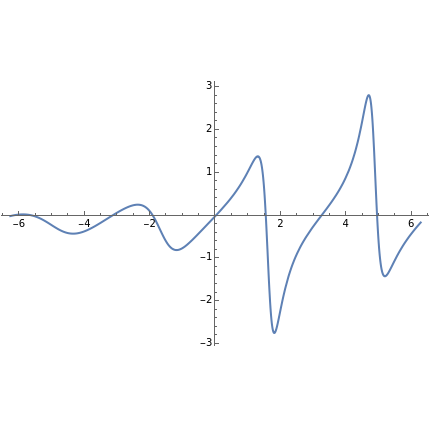Elliptic Functions
Elliptic Functions
Originally motivated by the computation of the arc length of an ellipse, Jacob Jacobi introduced the theory of Jacobi elliptic functions in the book Fundamenta nova theoriae functionum ellipticarum (New foundations of the theory of the elliptic functions) in 1829. Jacobi elliptic functions are doubly periodic (in the real and imaginary directions) and meromorphic (analytic with the possible exception of isolated poles).
Elliptic functions appear in problems like the planar pendulum, motion in a cubic or quartic potential, the force-free asymmetric top and the heavy symmetric top with one fixed point, wave solutions in the KdV equation, the translational partition function for an ideal gas, geodesics in general relativity, and in cosmological models.
The plots show elliptic functions with arguments of the form .
e(x+iy,a+bi)
